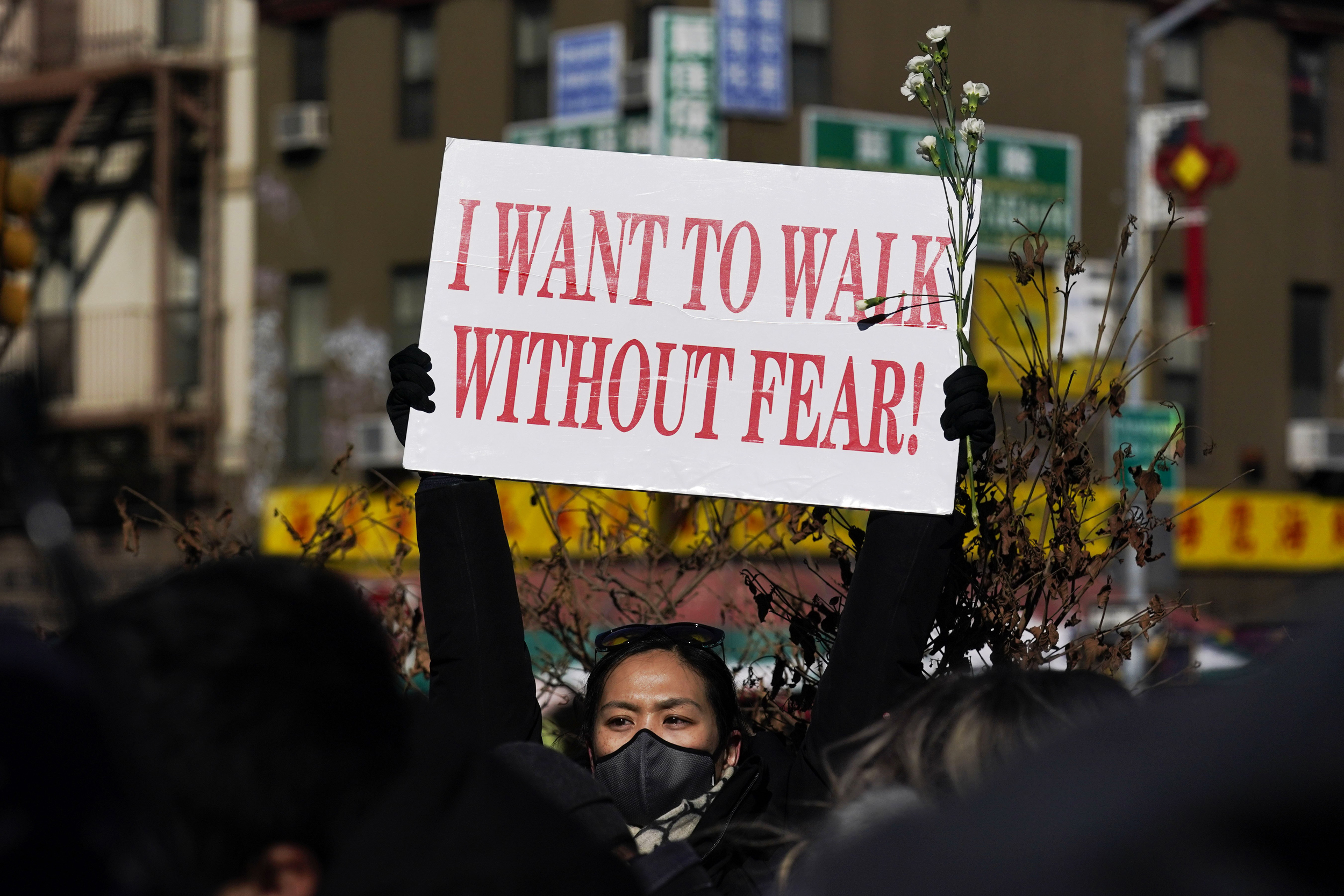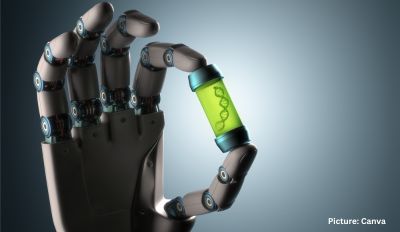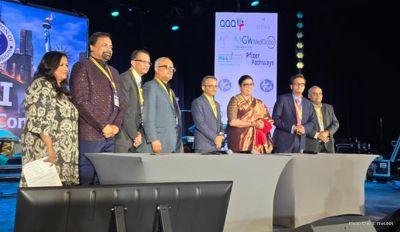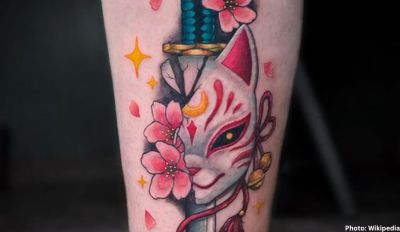Distributing research and getting awards is profoundly cutthroat, and companion commentators and funders reject paper and award proposition for some reasons. In any case, analysts who concentrate on Asian American and Pacific Islander (AAPI) people group can confront another boundary: guardians who minimize social disparities that influence AAPIs and excuse concentrating on them.
For example, the Midwest Longitudinal Investigation of Asian American Families, the biggest investigation of its sort, dives into emotional wellness challenges among in excess of 800 Asian American families in metropolitan Chicago. The National Institutes of Health (NIH) this year dismissed an award proposition to grow the review, which started in 2014. Three analysts offered expansive remarks that reduced enemy of Asian bigotry or that the battles of Asian Americans were “not generally so terrible with respect to Blacks and Latinos,” says David Takeuchi, co-investigator of the study and a professor of sociology and social work at the University of Washington.

Tragically, these sorts of remarks are normal. Takeuchi presented a paper to a conspicuous social science diary when he was an alumni understudy in the last part of the 1980s. A friend commentator said his examination of low scholarly execution among 8,000 AAPI understudies in Hawaii was “truly entrancing.” However, the commentator likewise said something with the impact of: “‘ Really awful this is about Asian Americans. On the off chance that this had a Dark example, we could contemplate distributing it,'” says Takeuchi. ” I was deterred, so at no point ever presented the paper in the future for distribution.”
Might nearsighted guardians at any point hinder research on AAPIs? It appears to be probable, particularly taking into account information shows an obvious hole in financing for research on AAPIs. A recent report in JAMA Organization Open found that clinical examination zeroed in on AAPIs and financed by the NIH contained simply 0.17 percent of its all out financial plan, in view of 529 tasks somewhere in the range of 1992 and 2018.
What’s more, simply 0.01 percent of articles from 1966 to 2000 in MEDLINE, the National Library of Medicine’s database, referenced AAPIs, as per a 2003 paper.
Without subsidizing, there are less assets for research, in this way making an endless loop of overlooking AAPIs from persuasive academic work. There is likewise a chilling impact on scientists who need to concentrate on AAPI issues however verifiably realize there may be more obstructions to subsidizing and distributing their work.
In any event, when scientists can examine information on AAPIs, they face barriers from cavalier scholastic friend analysts.
“We face separation as specialists. We hear that Asian Americans don’t count, they don’t have wellbeing inconsistencies,” says Stella Yi,assistant professor at N.Y.U. School of Medicine.. ” In any event, when we have information, individuals actually return with these cliché figures of speech about sound Asians: judo, soy sauce. It’s insane.”
The lacuna reaches out past wellbeing research. Sociologists of Asian descent were 74% more outlandish than white sociologists to get government financing, including from NIH and National Science Foundation (NSF).
Also, Asians are not considered an underrepresented minority bunch by NIH and NSF so Asian agents are not qualified for supplements pointed toward expanding variety in research, says XinQi Dong, professor at Rutgers College.
Without subsidizing and research, critical social issues among AAPI connected with everything from wellbeing incongruities and psychological sickness to neediness and wrongdoing are not even recognized, significantly less examined and tended to. “We have all caught wind of, and by and by experienced or saw, surveys that have been blurred by the model minority generalization: ‘ Asians are doing perfect, we don’t have to concentrate on them,'” says Tiffany Howl, professor and chair of the psychology department chair at Fordham University.
They stay undetectable in spite of the fact that Asians in the U.S. have dislodged Blacks as the racial gathering with the best pay disparity in the nation, as per Pew Research. Social imbalances among almost 20 million AAPIs, the quickest developing racial or ethnic gathering in the U.S., are dismissed. All things considered, calling for consideration and examination on AAPIs shouldn’t detract from assets for Blacks, Latinos, Native and other minimized networks out of luck. Rather, endeavors to decrease social disparities should likewise incorporate AAPIs.
AAPIs who are low-pay, restricted English-speakers, workers, older and undocumented are particularly defenseless against social issues yet experience peacefully. Overlooking them in examination could add to their eradication in press inclusion, strategy and generosity — as well as the other way around.
Consider that AAPIs were the focal point of media stories on racial and monetary imbalance under 4% of the time in an examination of nearly 380 articles from 2019, as per a report from Asian Americans/Pacific Islanders in Philanthropy (AAPIP). Regardless of whether exploration incorporate information about AAPI disparity, media articles overlooked it 37% of the time.
It has taken a flood in enemy of Asian prejudice and brutality during the pandemic for some to perceive that AAPIs really do encounter extremism and social imbalance. In any case, poor, older Asians gathering jars in New York and San Francisco don’t make it into titles — until they are beaten into a state of unconsciousness on a bustling road. Low-pay Asian salon laborers remain unnoticed — until they are killed, as in the Atlanta spa shootings this Walk.
A contributor to the issue is that regardless of whether information on AAPIs are gathered, the data gets lumped together. This conglomeration veils profound incongruities. The box experienced by weak AAPIs are concealed by the pinnacles of top level salary Asians. The different, rough scene of AAPI people group becomes smoothed.
At the point when AAPI information are disaggregated, the outcomes can strike. Rate of liver malignant growth is multiple times and multiple times higher for Laotian people, individually, contrasted and non-Hispanic white grown-ups.
In excess of 34% of Cambodian, Laotian and Hmong understudies don’t finish secondary school, contrasted and 13 percent of the overall U.S. populace. Wrongdoing research with disaggregated AAPI information is uncommon, yet one review showed youth capture rates were most noteworthy for individuals of Samoan identity, trailed by Dark, Laotian and Vietnamese individuals, in Alameda Region in the San Francisco Cove Region.
In New York City, an investigation of Chinese workers showed high paces of diabetes and pre-diabetes at 38%. Filipinos in California had higher predominance of stoutness, hypertension, diabetes, or asthma. A similar report showed that Japanese had 40% higher chances of being corpulent or overweight that whites. South Asians are multiple times bound to have coronary illness or diabetes than the overall US populace. Additional astounding information about Asian abberations remain to a great extent covered up and neglected.
It’s a disappointing chicken-and-egg situation. Nearsighted guards persuaded that AAPIs don’t encounter wellbeing and social issues reject endeavors to concentrate on these issues, which renders disparities imperceptible. The incongruity is that guardians, who are specialists in general wellbeing, medication, sociology and different fields, add to foundational prejudice through their predispositions and inclinations.
Absence of consideration can convert into a major hole in friendly administrations for AAPIs out of luck. In New York City, around 22% of Asian Americans live in destitution, as per an administration report. Asians contained almost 15% of New York City’s populace, yet 1.4 percent of city-based organization contracts were granted to Asian American social administrations suppliers north of 13 years, as per a 2015 report from Asian American Federation.
Across the U.S., just 0.20 percent of establishment subsidizing for work in the U.S. is assigned for AAPI people group, as per an AAPIP report. All in all, for each $100 granted by establishments, simply 20 pennies go to AAPIs.
In Spring, NIH reported its Join drive to end underlying prejudice in wellbeing research. Counting AAPIs should be important for endeavors at NIH, as well as at other plan setting establishments. More staff and award analysts with aptitude on AAPIs ought to be selected and given enemy of inclination preparing. They can likewise just be liberal that social disparities exist among AAPIs. What’s more, they can go on an outing to food banks and overpowered social help organizations that serve great many low-pay AAPIs consistently.
The need is self-evident — if by some stroke of good luck guards decide to look and tune in. It’s a tragedy that it takes a mass shooting and bigoted assaults to make AAPIs deserving of consideration lastly difficult to overlook.











